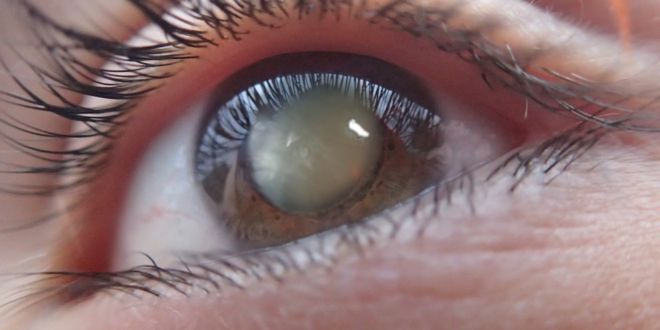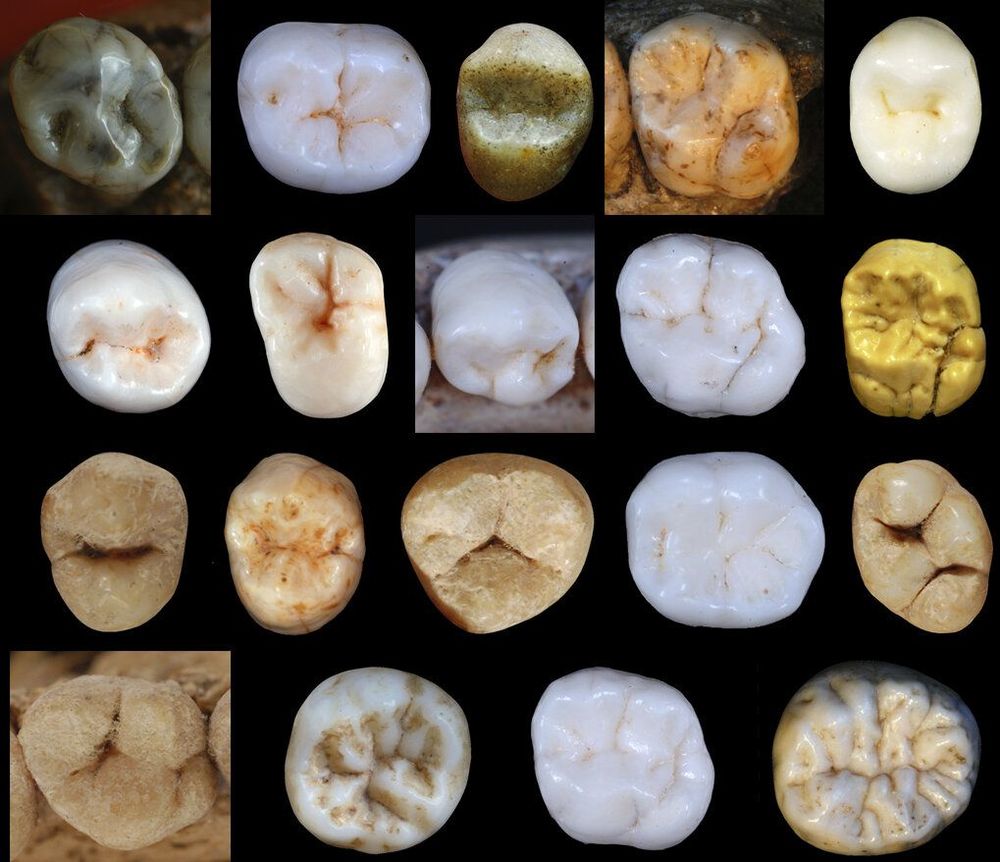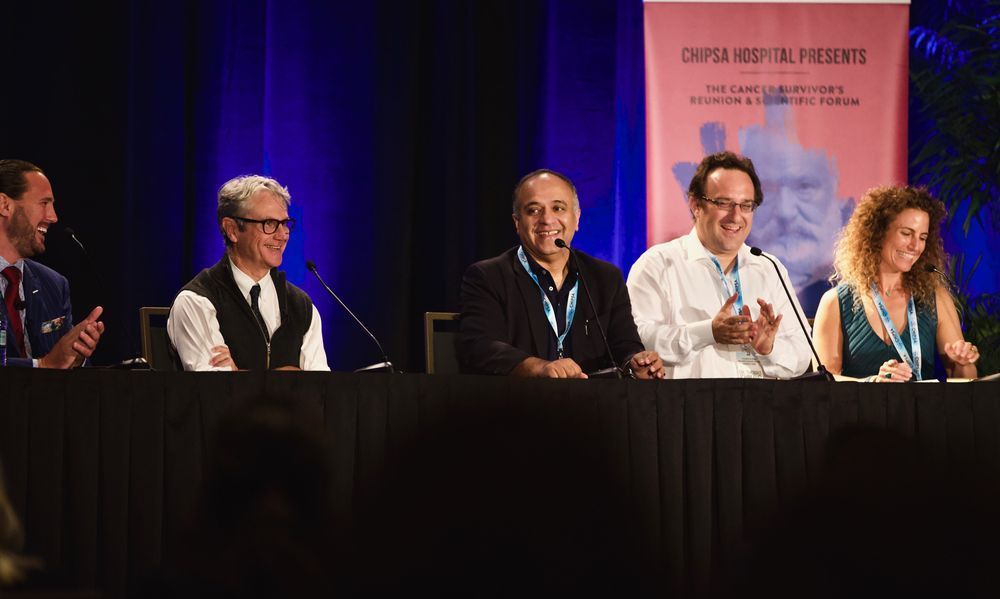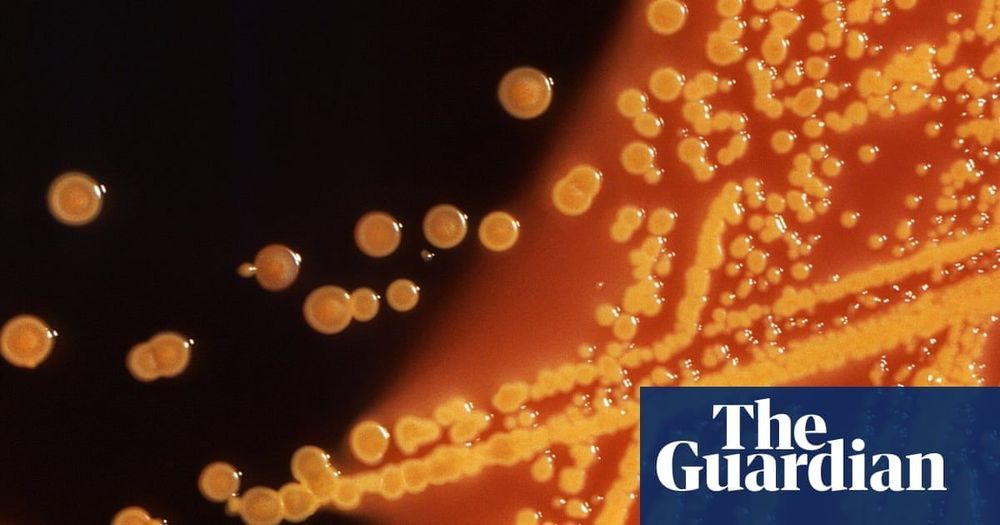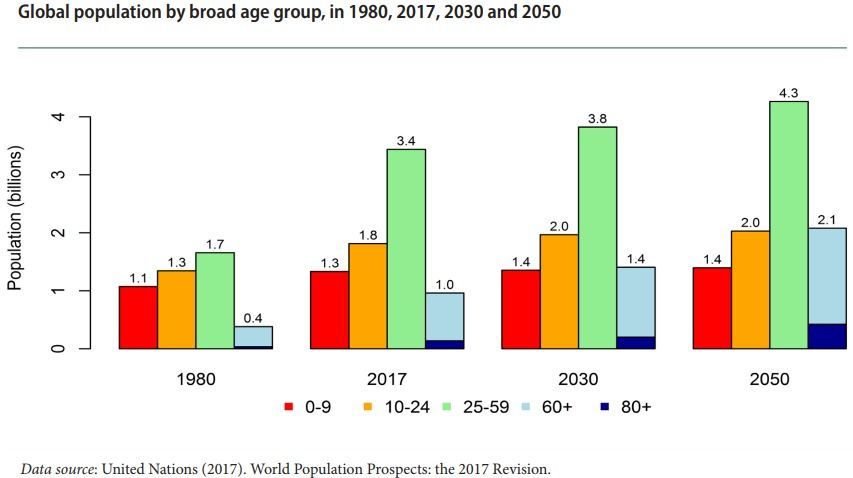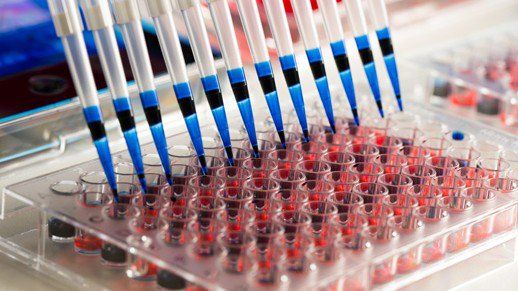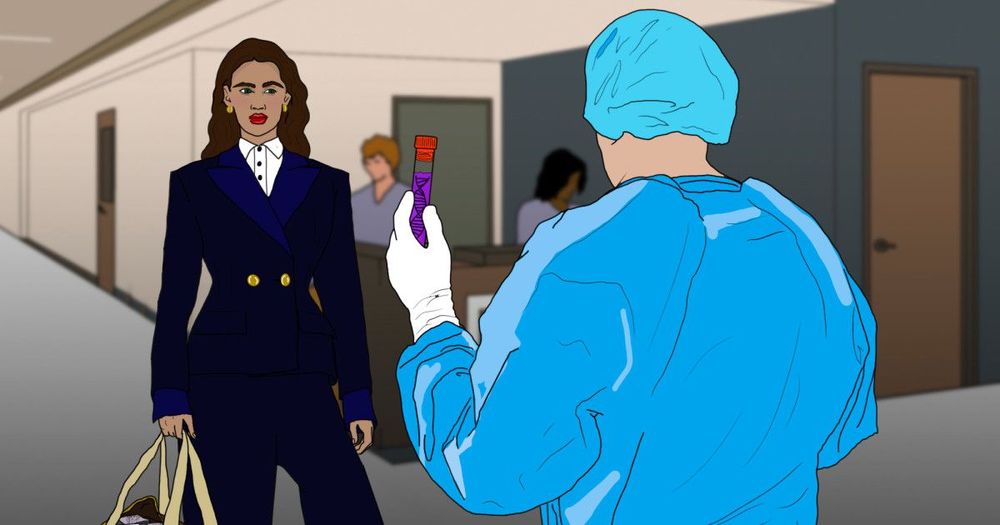American researchers have recently published a study in the scientific journal Nature, showing promising results using steroid eye drops for shrinking down and dissolving cataracts.
At the moment cataracts is the leading cause of blindness, and can only be removed through surgery. The surgical procedure, while simple and safe, is unpleasant for the patient and often prohibitively expensive.
A ccording to the Fred Hollows Foundation, approximately 32.4 million people around the world are blind, with more than half of the cases being caused by cataracts. In the United States alone, nearly 22 million Americans who are over age 40 have cataracts, according to the American Academy of Ophthalmology.
